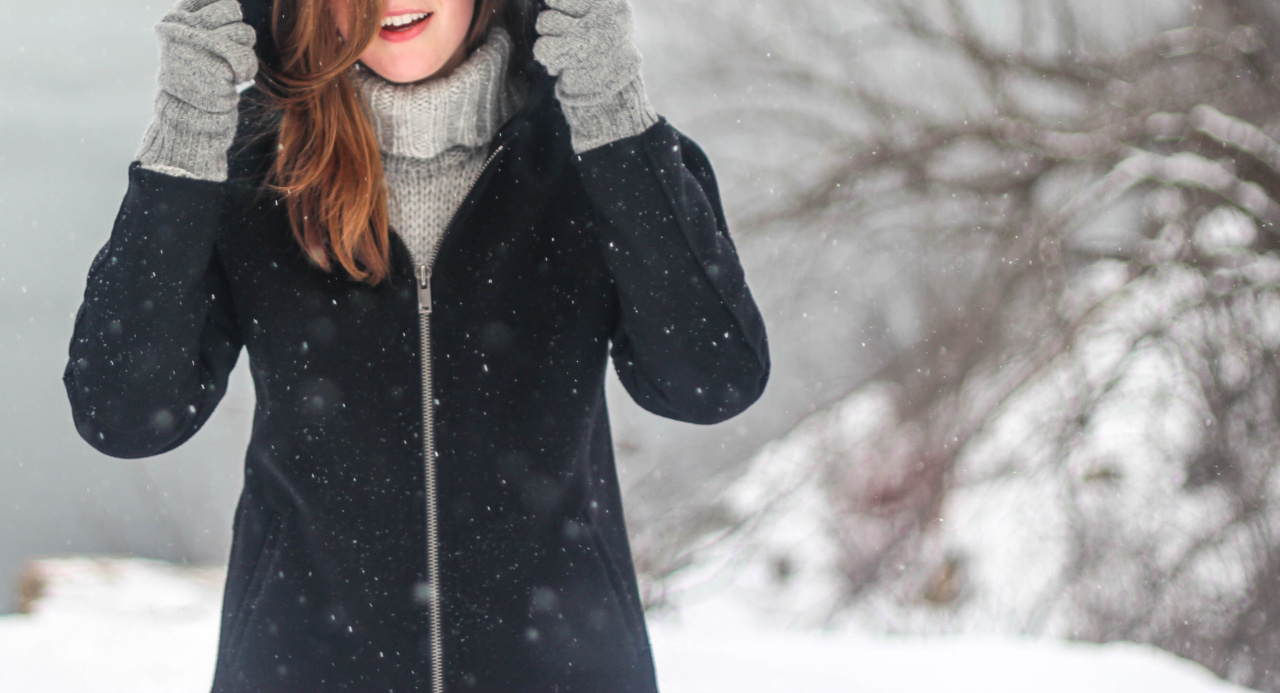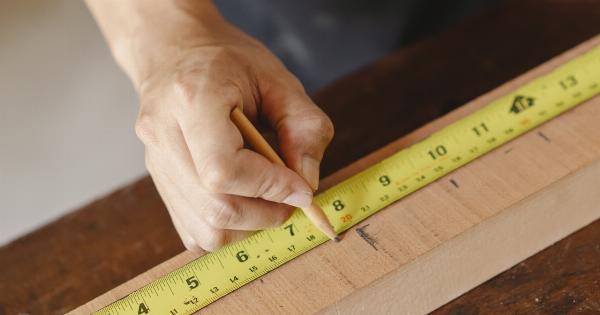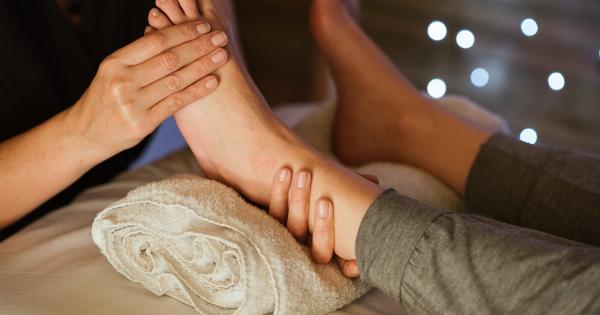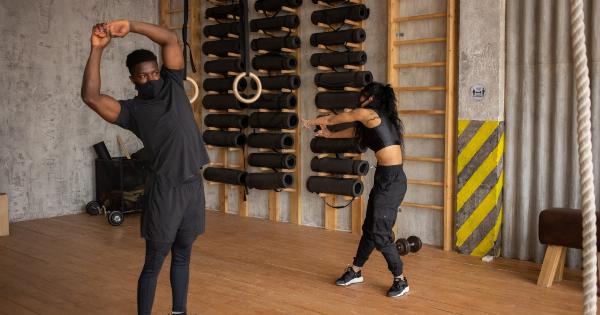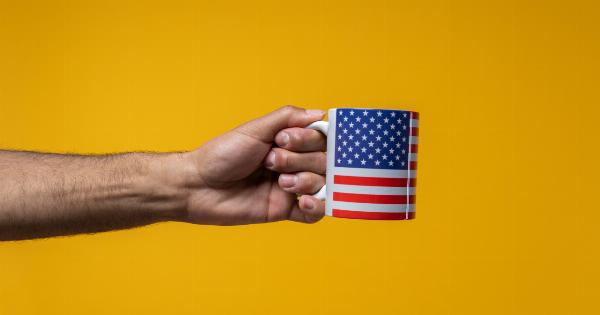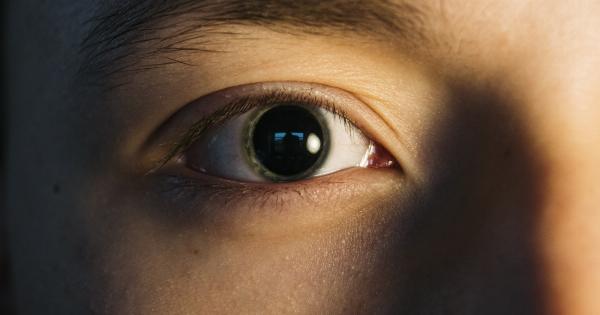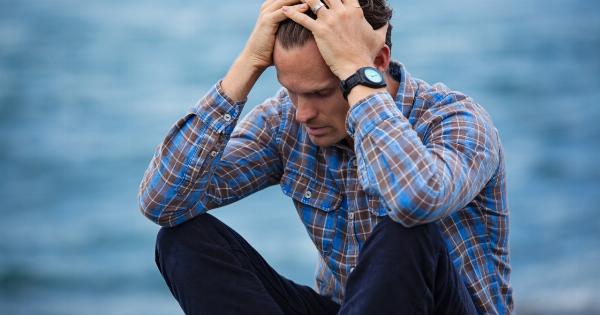Gymnastics is an intense and physically demanding sport that requires strength, flexibility, and endurance. After a rigorous gymnastics session, it is crucial to prioritize recovery to ensure optimal performance and reduce the risk of injury.
One aspect of post-workout recovery that often sparks debate is whether to take a cold or warm shower. Both options have their benefits and drawbacks, and choosing the right shower temperature can significantly impact your recovery process.
In this article, we will explore the potential advantages and disadvantages of both cold and warm showers, so you can make an informed decision for your post-gymnastics routine.
Cold Shower: The Benefits
A cold shower, which typically involves water temperatures below 70°F (21°C), is known for its invigorating and stimulating effects. Here are some potential benefits of taking a cold shower after a gymnastics session:.
1. Reduced Muscle Inflammation
Cold showers are believed to help reduce muscle inflammation and soreness, making them a popular choice among athletes.
Exposure to cold water causes blood vessels to constrict, which reduces blood flow to the muscles and can help alleviate inflammation. This vasoconstriction effect may contribute to faster recovery and less post-workout pain.
2. Improved Circulation
While cold showers initially constrict blood vessels, they also stimulate blood circulation in the long run.
The body responds to the cold temperatures by shunting blood from the extremities to the vital organs, resulting in improved overall circulation. This increased blood flow can aid in the removal of metabolic waste products, such as lactic acid, and promote better nutrient delivery to the muscles.
3. Enhanced Mental Alertness
Cold showers are known to have an energizing effect on the body and mind. The sudden exposure to cold water triggers the release of adrenaline, which can boost your alertness and mental focus.
This revitalizing effect is especially beneficial if you have multiple activities or obligations after your gymnastics session.
4. Faster Recovery
Cold showers may contribute to faster recovery times by reducing oxidative stress. During intense exercise, the body produces reactive oxygen species (ROS) that can lead to cellular damage.
Cold water exposure is thought to enhance the body’s antioxidant capacity, helping mitigate the negative effects of ROS and promoting faster recovery.
Warm Shower: The Benefits
While cold showers have their advantages, warm showers also offer a range of benefits for post-gymnastics recovery. Here are some potential advantages of taking a warm shower after a gymnastics session:.
1. Relaxation and Stress Relief
A warm shower can be incredibly soothing and relaxing, helping to alleviate any stress or tension accumulated during your gymnastics session.
The warm water promotes muscle relaxation and can have a calming effect on the nervous system, providing a perfect opportunity for a mental unwind after a strenuous workout.
2. Improved Flexibility
Warm water has the ability to increase muscle flexibility and joint mobility. By taking a warm shower post-gymnastics, you allow the heat to penetrate your muscles, making them more pliable.
This can facilitate enhanced stretching, aiding in maintaining or improving your flexibility over time.
3. Promotes Blood Flow
Warm water has a vasodilation effect, meaning it helps dilate blood vessels and promotes blood flow.
This increased blood circulation can aid in the delivery of oxygen and nutrients to the muscles, promoting faster recovery and reducing the risk of muscle cramps or spasms.
4. Relieves Muscle Tension
If you experience muscle tightness or stiffness after your gymnastics session, a warm shower can help alleviate these symptoms.
The heat from the warm water helps relax and loosen tight muscles, providing relief from any post-exercise tension or discomfort.
Choosing the Right Shower Temperature
Now that we have explored the benefits of both cold and warm showers, you might be wondering which option is best for your post-gymnastics routine. Well, the answer is not black and white.
Ultimately, the choice between a cold or warm shower depends on your specific goals and preferences. Here are some factors to consider when deciding on the right shower temperature:.
1. Intensity of Your Workout
If you had an intense gymnastics session that left your muscles feeling particularly sore or inflamed, a cold shower might be more beneficial. The cold water can help reduce post-workout inflammation and control swelling.
However, if your workout was relatively light or focused more on stretching and flexibility, a warm shower may be a better option to aid in relaxation and recovery.
2. Your Body’s Reaction to Cold or Warm Water
Everyone’s body reacts differently to temperature stimuli. Some individuals respond well to cold water therapy, enjoying its invigorating effects, while others may find it uncomfortable or even painful.
Similarly, some may prefer the soothing warmth of a shower to ease muscle tension, while others may feel overheated or experience increased inflammation. Consider how your body responds to each temperature and choose accordingly.
3. Time of Year and Environmental Factors
The choice between cold and warm showers can also be influenced by external factors. If you live in a cold climate or have just finished an outdoor gymnastics session in cool weather, a warm shower can help prevent chills and keep you comfortable.
On the other hand, during hot summer months or after a challenging indoor workout, a cold shower can provide a refreshing sensation and help cool down your body temperature.
The Verdict: Listen to Your Body
When it comes to deciding between a cold or warm shower post-gymnastics, there is no definitive answer. Both options offer unique benefits that can aid in your recovery process.
Pay attention to how your body feels and experiment with different shower temperatures to determine what works best for you. You may find that alternating between cold and warm showers on different days or incorporating contrast showers (alternating between hot and cold water) provides the optimal recovery benefits.
Remember, recovery is a multi-faceted process, and shower temperature is just one piece of the puzzle.
Prioritize other recovery methods such as proper nutrition, hydration, stretching, and rest to maximize your gymnastics performance and prevent injuries.
